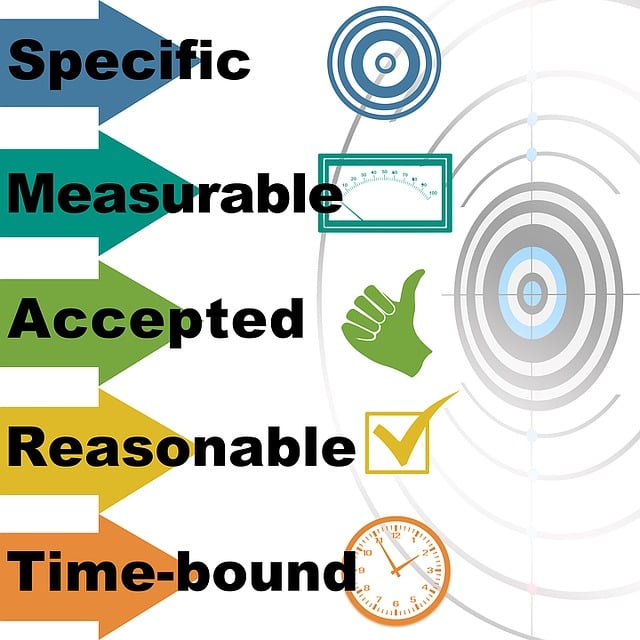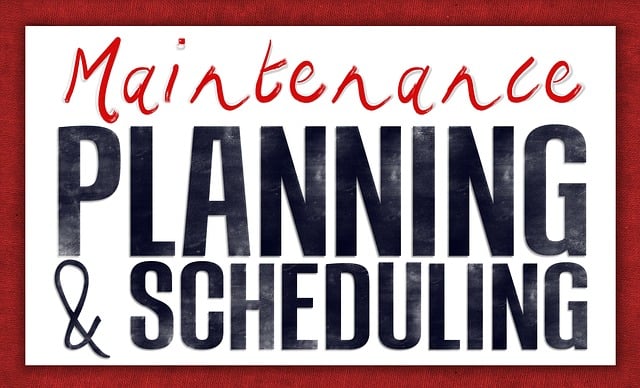Safeguarding individuals and properties demands qualified safety officer credentials. Verifying certifications, licenses, and specialized training ensures competent professionals protect facilities, homes, and public spaces effectively. Background checks reveal critical history for informed hiring decisions. Ongoing training and specialized certifications enhance performance and ensure industry-standardized personnel capable of responding to dynamic security protocols and emergencies.
In today’s world, ensuring the security of public spaces and private properties is paramount. Verifying the credentials of safety officers is not just a procedural step; it’s a vital line of defence against potential threats. This comprehensive guide delves into the crucial aspects of evaluating safety officer credentials, from identifying key qualifications to conducting thorough background checks. We explore ongoing training requirements and provide insights on maintaining robust security standards through consistent verification practices.
- Understanding the Importance of Verification
- Evaluating Credentials: What to Look For
- Background Checks: Uncovering Key Information
- Ongoing Training and Certification Requirements
Understanding the Importance of Verification

In today’s world, ensuring the security and well-being of individuals and properties is more critical than ever. This is where trained and qualified safety officer credentials come into play as a fundamental aspect of safeguarding our environments. The process of verifying these credentials is not merely a formality but a crucial step in maintaining the highest standards of safety.
It’s essential to understand that security officers are often the first line of defense against potential threats, making their qualifications and experience invaluable. Verifying their background, training, and certifications guarantees that those entrusted with our safety possess the necessary skills and knowledge. This simple yet powerful practice helps prevent risks, ensuring that only competent professionals protect our facilities, homes, or public spaces.
Evaluating Credentials: What to Look For

When evaluating the credentials of a potential security officer, several key aspects should be considered. Firstly, verify that they possess the relevant certifications and licenses required by local laws and industry standards. This may include training in first aid, CPR, and emergency response protocols, as well as any specialized security certifications like CCTV operation or access control system management.
Secondly, assess their educational background, especially if it includes courses related to security, law enforcement, or risk management. Relevant experience in security operations, whether through previous employment or volunteer work, is also invaluable. Look for evidence of continuous professional development, as staying updated with the latest industry trends and best practices ensures a competent and adaptable security officer.
Background Checks: Uncovering Key Information

Background checks are an essential component of verifying safety officer credentials, providing a deep dive into their history and character. These investigations uncover critical information about an individual’s past, including criminal records, employment history, and educational qualifications. By scrutinizing these aspects, employers can gain valuable insights into the candidate’s reliability, ethics, and suitability for handling high-risk security roles.
Comprehensive background checks involve cross-referencing data from multiple sources, such as government databases, previous employers, and educational institutions. This multi-faceted approach helps identify any discrepancies or red flags that might indicate potential issues. For instance, unreported arrests, gaps in employment history, or conflicting information can raise concerns about the officer’s honesty and integrity, ultimately guiding hiring decisions to ensure the safety of personnel and facilities.
Ongoing Training and Certification Requirements

Maintaining high security standards requires a dedicated force of professionals who stay up-to-date with the latest industry trends and best practices. Ongoing training is essential for all safety officer credentials, ensuring that personnel are equipped to handle evolving security threats. Regular workshops, seminars, and advanced courses help workers enhance their skills in areas like crisis management, first aid, and hazard recognition. These continuous learning opportunities not only improve individual performance but also contribute to a robust overall security strategy.
Additionally, certifications play a pivotal role in verifying the competence of safety officers. Reputable organizations offer specialized certification programs that validate specific skill sets relevant to security roles. By adhering to these certification requirements, employers can guarantee that their staff members meet industry standards and are prepared to respond effectively during emergencies. Regular recertification ensures that credentials stay current, aligning with the dynamic nature of security protocols and keeping facilities safe.
